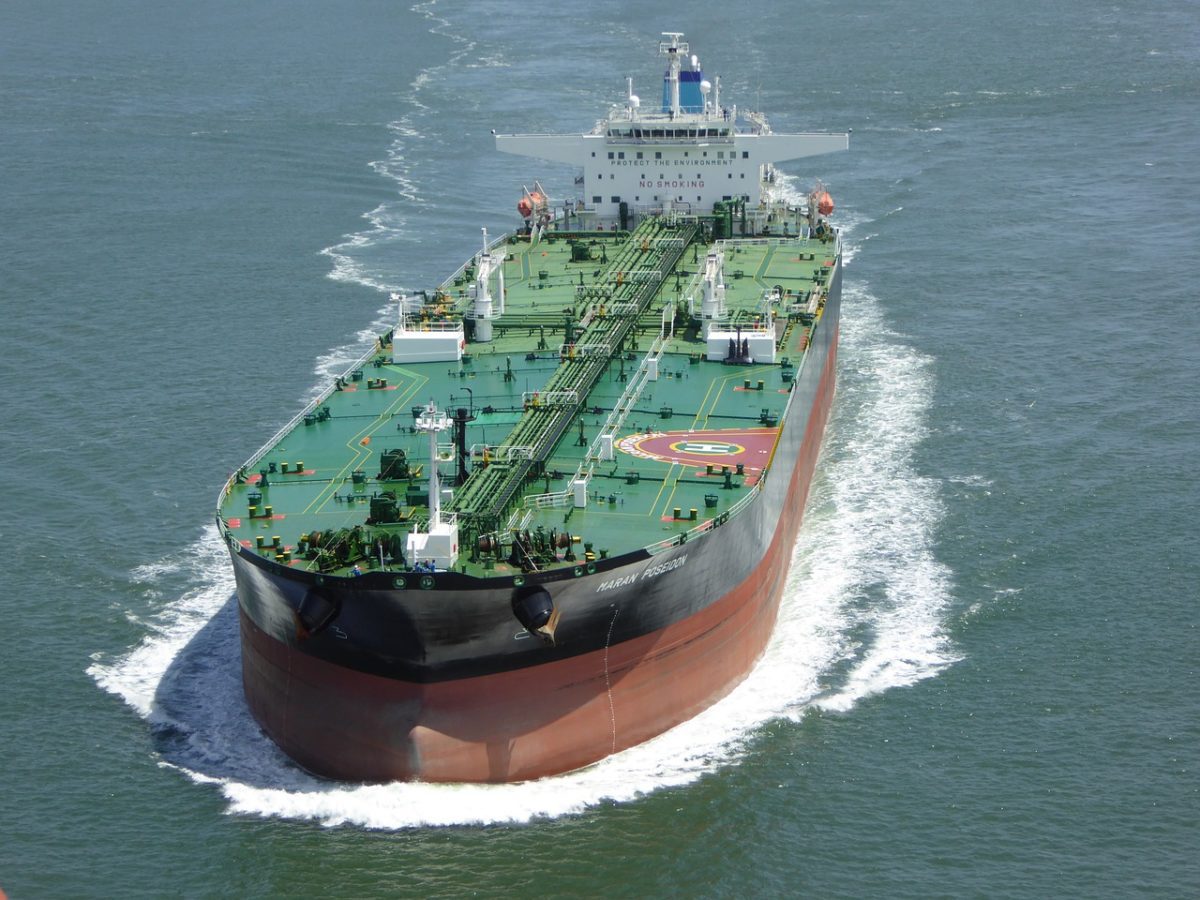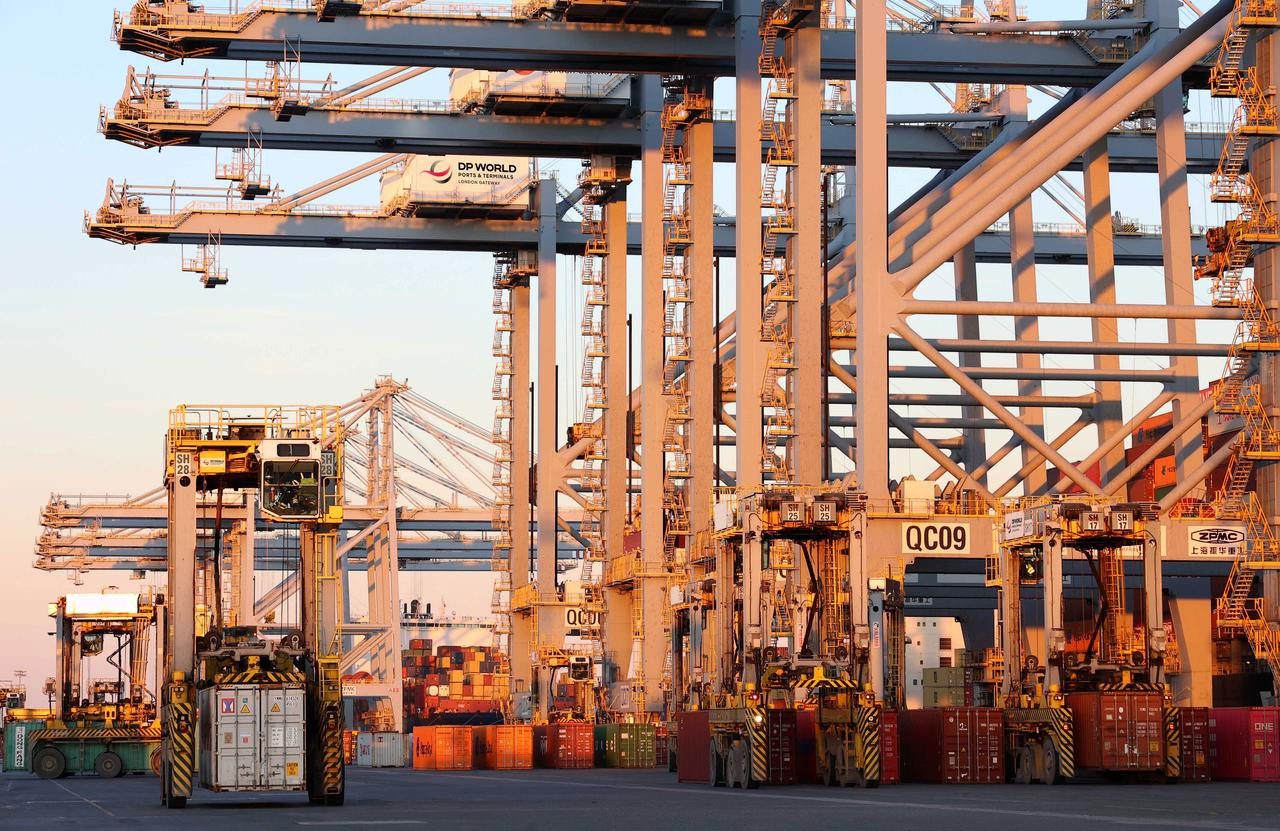
By Firat Kayakiran
(Bloomberg) — Tanker owners hauling the world’s crude were among the few big winners from an oil-price crash that started in mid-2014. Now for the flip side.
The slump was caused by most enduring oil glut in a generation, flooding shipping companies with more cargoes than they could handle and driving down fuel costs that are the industry’s biggest expense. Rates got so high that owners embarked on the biggest fleet expansion spree in half a decade. Now, just as that wave of new orders swells the fleet, the glut of crude that lifted rates in the first place is starting to dissipate.
There will still be lots more oil shipped. About 445 million more barrels will be pumped out of the ground by the world’s producers in 2017 compared with last year, of which about two-fifths moves by sea. The trouble is that, by then, the enlarged fleet will be able to deliver at least an extra 1.5 billion barrels annually.
“Shipowners rushed to order new tankers to benefit from the surging rates in mid-2014 and 2015,” said Burak Cetinok, senior consultant at Hartland Shipping Services Ltd. in London. “But the market dynamics have changed since then and this huge amount of ships may not have enough crude to carry around. This will of course soften their daily rates.”
Rates for the three main types of crude tanker will all be lower in 2017 than this year, according to the medians of 12 analyst estimates compiled by Bloomberg for each vessel. The industry’s biggest ships, so-called very large crude carriers or VLCCs, will earn $37,750 a day next year, which would be the least since 2014.
The fleet of the world’s three biggest tanker types is projected to grow by about 11 percent in the two years through 2017, according to data from Clarkson Research Services Ltd., a unit of the world’s biggest shipbroker. Production of oil will expand by about 1.3 percent over the same period, according to the U.S. Energy Information Administration.
Hartland estimates 137 crude oil tankers, including 64 VLCCs and 38 Suezmaxes will be delivered this year, Cetinok said. Next year’s deliveries are estimated to be 148, including 47 VLCCs and 63 Suezmaxes, he said.
The extra tankers will carry an equivalent of about 370 million barrels. Ships normally make between 5 and 12 deliveries a year, depending on their size and trade. The U.S. Energy Information Administration forecasts about 1.2 million barrels a day of more oil will be produced in 2017 compared with last year.
Rates for oil tankers boomed at the end of 2014 as Saudi Arabia led members of the Organization of Petroleum Exporting Countries in a strategy of defending market share rather than propping up prices. The approach flooded markets with cargoes as the world’s biggest exporter ramped up exports to the highest in decades while shipments from Iraq, the United Arab Emirates and Kuwait also surged.
That strained the capacity of importer countries’ on-shore storage depots, delaying vessels, and drove down crude oil and the ship-fuel it makes, forcing some international oil companies to request slower sailing speeds.
Now those favorable oil-market conditions for shipowners are starting to reverse. Inventories will expand at a rate of just 200,000 barrels a day in the second half of this year, a decrease of 85 percent compared with the first six months, according to the International Energy Agency, an adviser to oil-consuming countries. Barclays Plc predicts the world will pump 500,000 barrels a day less crude next year than it needs.
Part of that is down to lost supply from countries that normally export most of what they produce on tankers. Pumping from Nigeria, Libya, Iraq and a Saudi Arabia/Kuwait neutral zone fell to about 1.8 million barrels a day below what it could be because of disruptions and political disputes, according to data compiled by Bloomberg on May 15.
Against that, U.S. output has also diminished amid low oil prices while Canadian supplies have been lost due to wildfire. That could be beneficial to tanker markets because the U.S. is still the world’s biggest buyer of seaborne crude and diminished North American supply could drive up imports via its ports.
Some of these vessels are also used to store oil at sea. There are about 57 VLCC tankers currently on storage duty, according to E.A. Gibson Shipbrokers. That’s almost 10 percent of the global fleet, according to data compiled by Bloomberg.
Even then, owners will still have to contend with a flotilla of new ships.
“Tanker supply growth is going to be substantially higher than the demand growth,” said Jonathan Staubo, an analyst at Fearnley Securities AS in Oslo. “Ship delivery pace will pick up in the second half and that’s where we expect the market to start destabilizing.”
–With assistance from Julian Lee.
© 2016 Bloomberg L.P

 Join The Club
Join The Club












